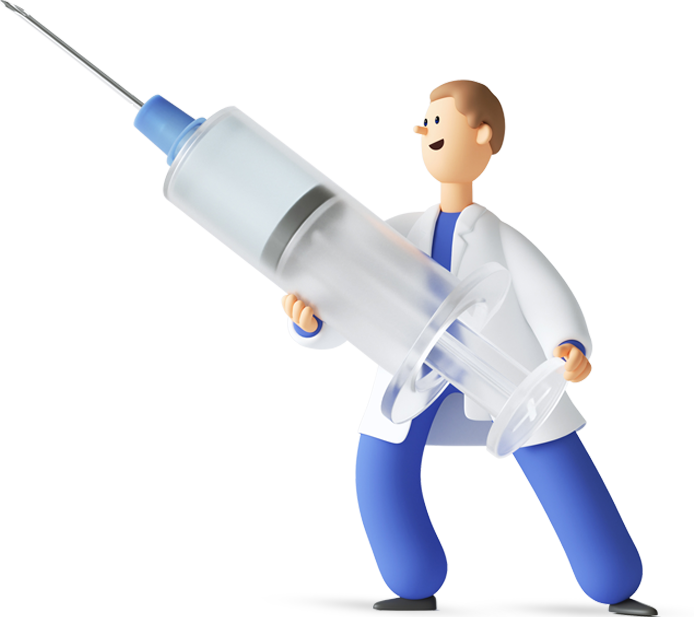
In today’s fast-evolving healthcare ecosystem, remote support teams play a critical role in ensuring seamless patient care, improving operational efficiency, and expanding access to medical expertise. Thanks to advanced technology tools, healthcare organizations can now empower remote teams to function just as efficiently as on-site staff—sometimes even more so.
In this blog, we explore the top technology tools revolutionizing remote healthcare support, boosting collaboration, and enhancing patient outcomes.
1. Telehealth Platforms
At the forefront of remote healthcare is telehealth technology. These platforms allow doctors and support teams to consult patients via video, phone, or chat—offering real-time diagnosis, treatment planning, and follow-up care.
Key Features:
-
HIPAA-compliant video calls
-
Appointment scheduling and reminders
-
EHR integration
Examples: ConnectDrs.com, Doxy.me, Teladoc Health
2. Cloud-Based EHR Systems
Electronic Health Records (EHR) are essential for storing and accessing patient data. Cloud-based EHR systems empower remote support teams to access records from anywhere, ensuring continuity of care.
Benefits:
-
Centralized patient data
-
Real-time updates
-
Role-based access for better security
Top Tools: Epic, Cerner, Athenahealth
3. AI-Powered Chatbots and Virtual Assistants
AI-driven virtual assistants are transforming the way healthcare support teams interact with patients. These tools handle routine tasks like symptom checking, FAQs, appointment booking, and medication reminders.
Advantages:
-
24/7 support availability
-
Reduced burden on human staff
-
Improved patient engagement
Popular Solutions: Ada Health, Buoy Health, Sensely
4. Project and Task Management Tools
Remote healthcare teams need efficient collaboration platforms to stay aligned. Tools like Slack, Asana, and Microsoft Teams help in managing workflows, assigning tasks, and tracking progress—all in one centralized dashboard.
Features That Matter:
-
Real-time communication
-
Task delegation and tracking
-
HIPAA-compliant messaging (where applicable)
5. Remote Monitoring and IoMT Devices
Internet of Medical Things (IoMT) devices allow patients to track health metrics (like blood pressure, glucose levels, and oxygen saturation) from home. Support teams monitor this data remotely, offering timely interventions when needed.
Key Tools:
-
Wearables like Fitbit, Apple Watch
-
Connected glucometers, ECG monitors
-
Remote patient dashboards
6. Secure Cloud Storage and File Sharing
Sharing medical documents securely is crucial for remote teams. Cloud platforms with end-to-end encryption like Google Workspace, Dropbox Business, and Box Health ensure sensitive data remains protected.
Must-Have Features:
-
Role-based access controls
-
HIPAA and GDPR compliance
-
Real-time collaboration
7. Data Analytics & Reporting Tools
Remote healthcare support isn’t just about communication—it’s also about measuring performance. Analytics tools provide actionable insights into patient satisfaction, team efficiency, and care outcomes.
Effective Tools: Power BI, Tableau, Google Looker
Use Cases:
-
Identifying care gaps
-
Analyzing patient feedback
-
Monitoring telehealth performance metrics
Conclusion
As the demand for remote healthcare services continues to rise, investing in the right technology tools is no longer optional—it’s essential. From telehealth platforms to AI chatbots and cloud-based EHRs, each tool plays a unique role in empowering remote support teams to deliver faster, safer, and more personalized care.
ConnectDrs.com is at the forefront of this transformation—bringing together healthcare professionals, support teams, and technology under one secure and scalable platform. Explore how ConnectDrs can optimize your remote healthcare operations today.


